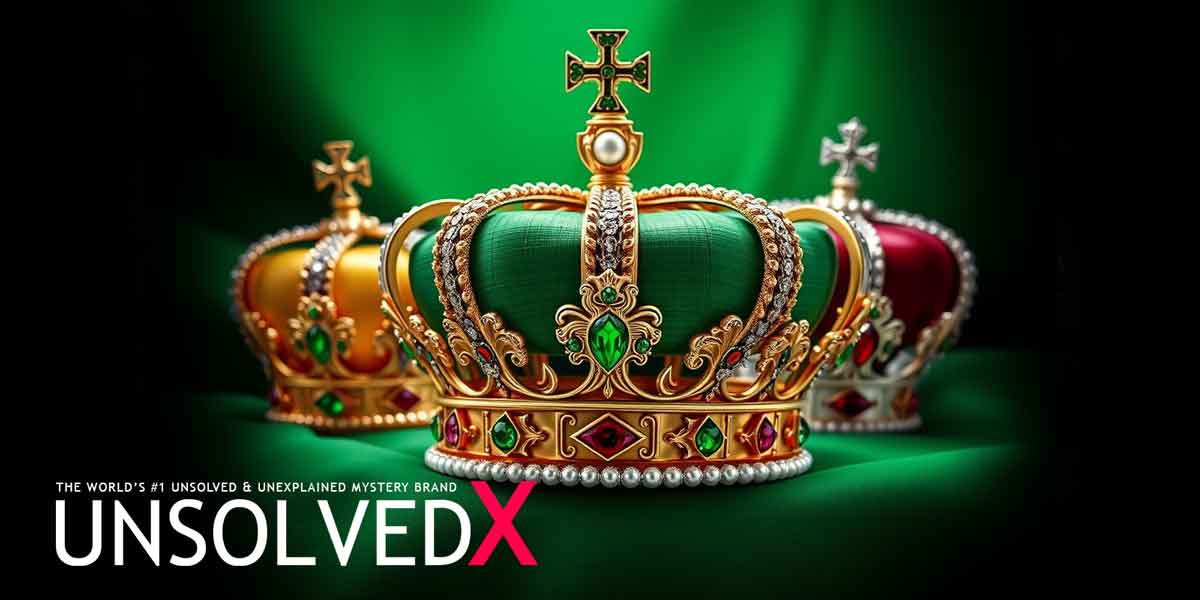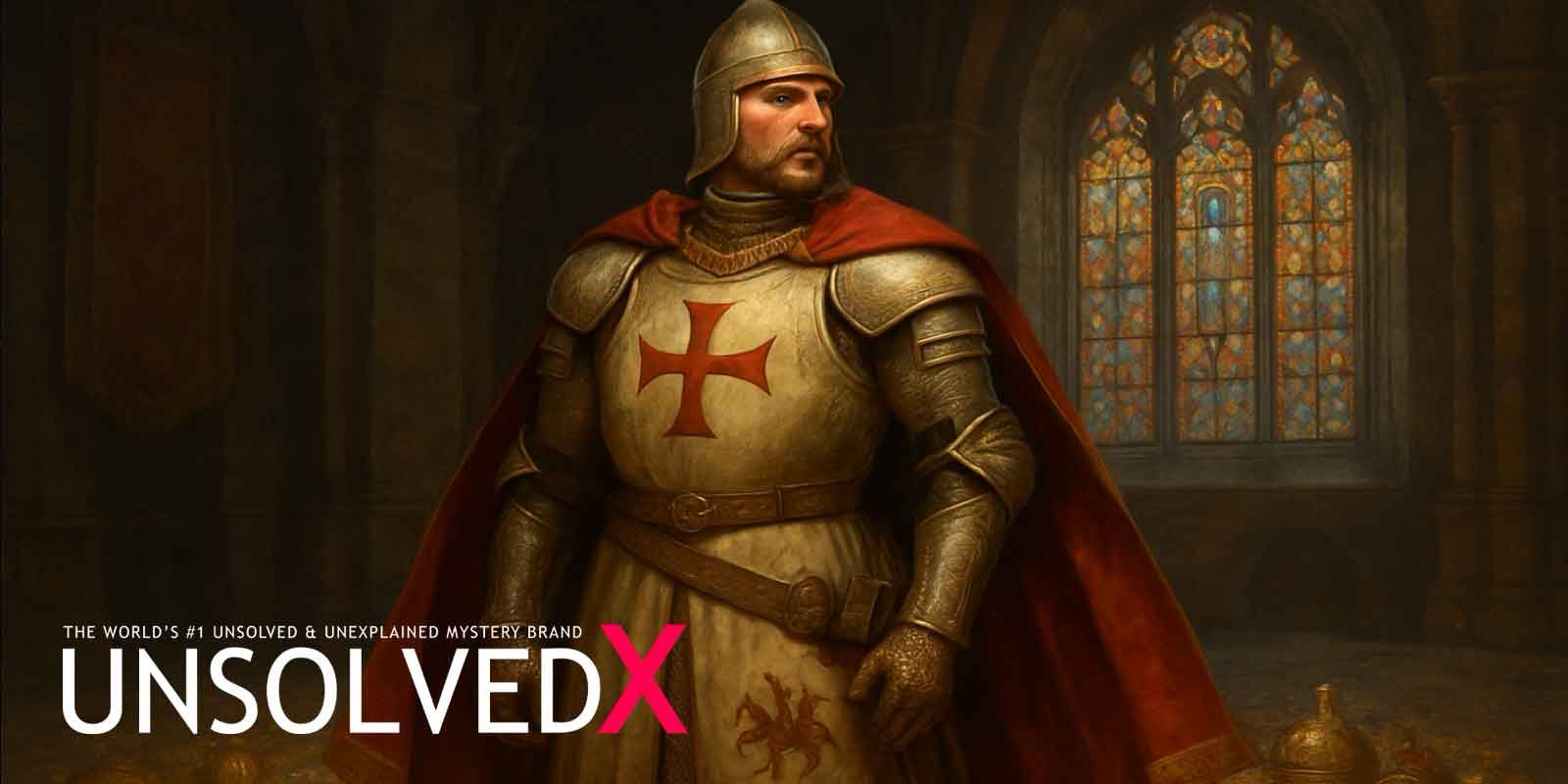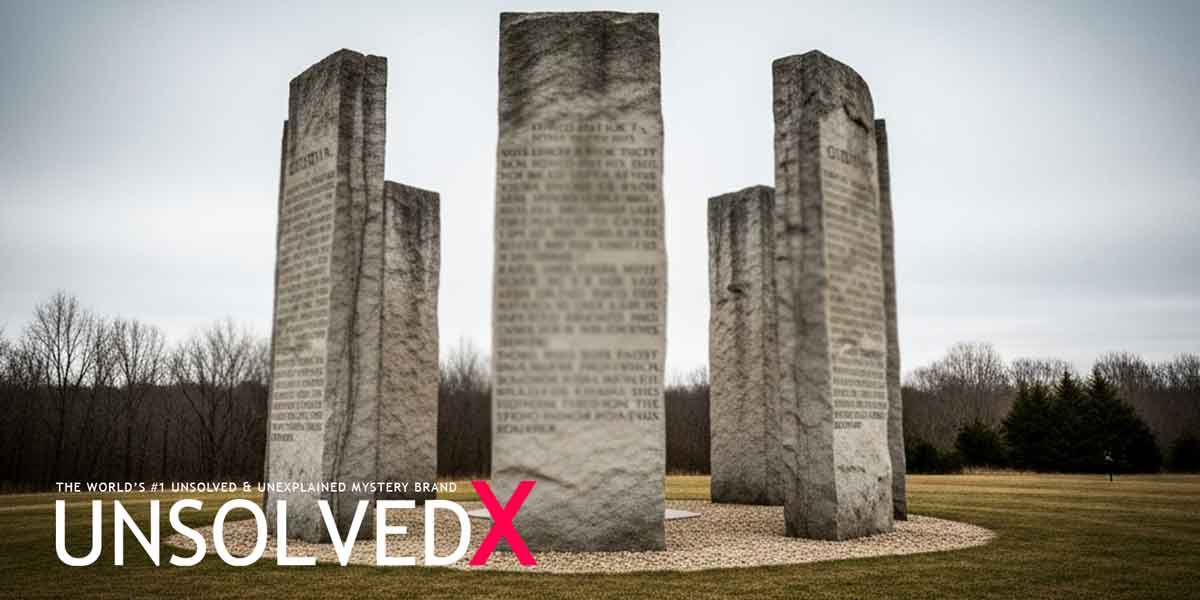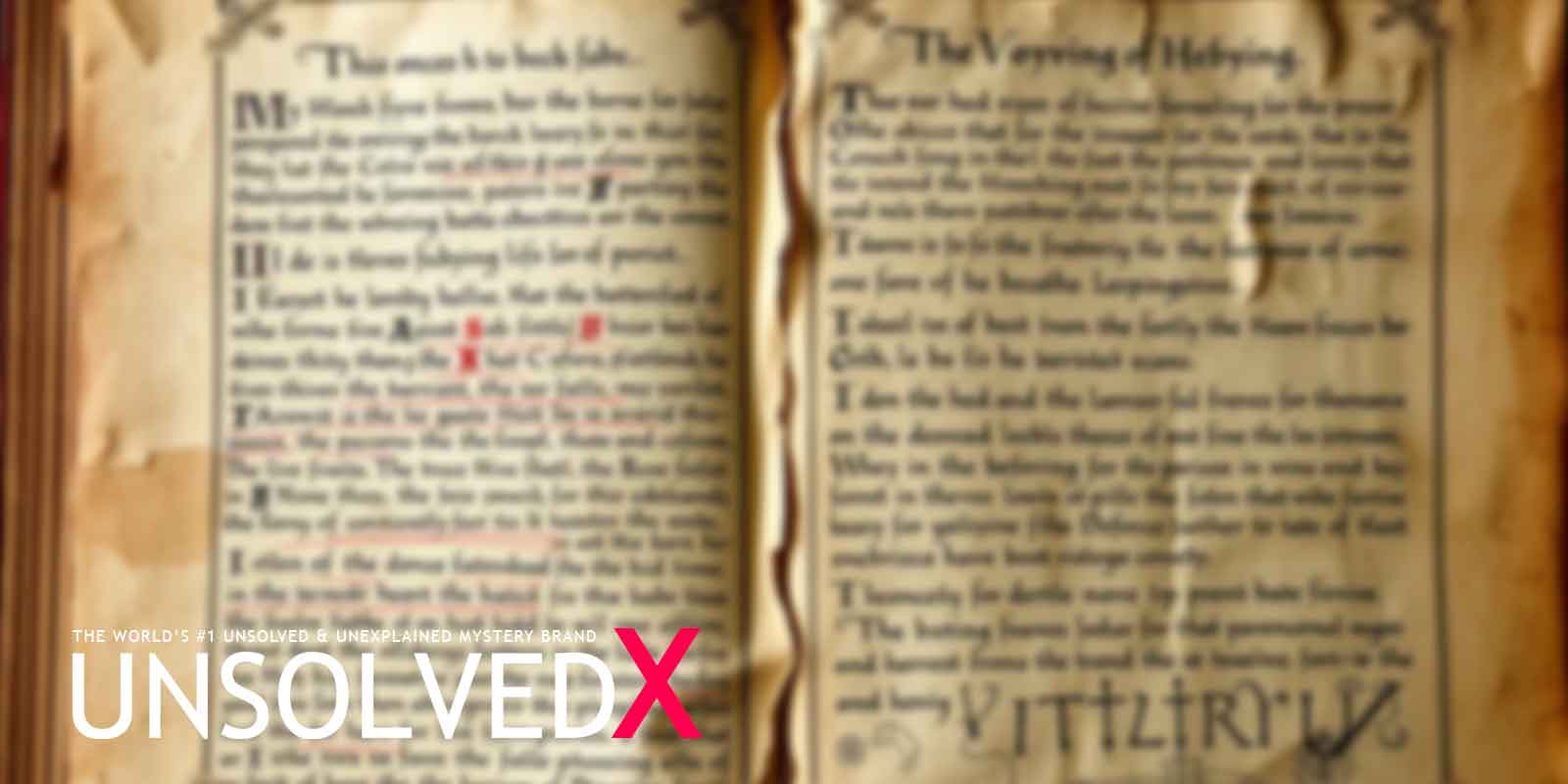The Treasures and Their Significance
The Irish Crown Jewels, despite their evocative name, were not a royal crown but the ceremonial insignia of the Order of St. Patrick, established in 1783 by King George III to honor Irish loyalty to the British Crown. Crafted in 1831, the regalia included a star and badge encrusted with diamonds, emeralds, and rubies, alongside five gold collars, fashioned from Queen Charlotte’s gems by Rundell, Bridge and Company. Valued at £50,000 in 1907—roughly $5 million today—these treasures symbolized British authority, worn by the Lord Lieutenant during Order ceremonies. Stored in Dublin Castle’s Bedford Tower under Sir Arthur Vicars, Ulster King of Arms, their security seemed assured within the fortress-like seat of British rule. Yet, on July 6, 1907, days before King Edward VII’s visit for the Irish International Exhibition, the jewels vanished without a trace, triggering a scandal that remains one of Ireland’s most perplexing unsolved mysteries. The theft’s audacity, executed without forced entry, stunned authorities and captivated the public, as detailed in Dublin Castle’s historical records.
The jewels’ loss was more than a financial blow; it was a political catastrophe. Ireland in 1907 was a tinderbox, with Home Rule debates fueling tensions between Irish nationalists and British loyalists. The theft, occurring just before a royal visit meant to reinforce imperial ties, was a public relations disaster, amplifying suspicions of betrayal or sabotage. Last seen on June 11, when Vicars displayed them to a visitor, the jewels went unnoticed for weeks, exposing glaring security flaws. Investigations by the Dublin Metropolitan Police, Royal Irish Constabulary, and Scotland Yard’s Detective Chief Inspector John Kane uncovered no culprits, leaving theories of insider plots and political motives to flourish. The case, explored in works like Scandal & Betrayal by John Cafferky and Kevin Hannafin, continues to intrigue, its unresolved nature drawing parallels to other high-profile thefts, such as the 1911 Mona Lisa heist, for its cultural impact.
The Heist and Its Investigation
The theft occurred in Dublin Castle’s Bedford Tower, where the Office of Arms managed heraldry and safeguarded the jewels. Housed in a safe in Vicars’ library—after a new strongroom proved too small in 1903—the regalia were protected by two keys, both held by Vicars. Despite the castle’s heavy guard, security lapses abounded. In June, a newspaper announced the king’s visit, possibly tipping off thieves. The strongroom door was found ajar twice, a cleaner reported an intruder, and Vicars’ office key briefly vanished, only to mysteriously reappear. On July 6, a messenger discovered the safe unlocked and empty, missing the star, badge, five knights’ collars, and Vicars’ personal jewelry. A ribbon and clasp from the badge, meticulously unscrewed, were left behind, suggesting a thief with time and expertise, as noted in The Stealing of the Irish Crown Jewels by Myles Dungan. The absence of forced entry pointed to an insider, yet no arrests followed.
The investigation was a fiasco. Scotland Yard’s John Kane, a seasoned detective, concluded the heist was an inside job, reportedly naming a suspect in a report later suppressed, per a 2025 RTÉ documentary, Legacy. The 1908 Viceregal Commission, rather than solving the crime, blamed Vicars for negligence, dismissing him without evidence of his guilt. Vicars’ cavalier habits, like showing the jewels to guests or once allowing a prank theft while drunk, made him an easy scapegoat, as Dublin Castle archives reveal. The commission’s refusal to pursue leads or summon key witnesses fueled rumors of a cover-up, possibly to shield high-ranking figures. The political backdrop—rising Irish nationalism—sparked theories of a symbolic act against British rule, though Kane found no evidence of republican involvement. The investigation’s failures, coupled with missing Home Office files, left the public grasping at shadows, cementing the heist’s enigmatic legacy.
Suspects, Theories, and Lasting Mysteries
Francis Shackleton, Dublin Herald and brother of explorer Ernest Shackleton, emerged as the prime suspect. A charming socialite with financial woes, he lived with Vicars and had office access. His homosexuality, a crime in 1907, and alleged ties to Captain Richard Gorges led to theories of blackmail or collaboration. Scandal & Betrayal suggests Shackleton copied Vicars’ key, with Gorges executing the theft while Shackleton was abroad. Though later jailed for fraud in 1913, Shackleton faced no charges for the heist, possibly due to fears of exposing a scandal, as hinted in A Secret Between Gentlemen (2023). Another figure, Francis Bennett-Goldney, was implicated posthumously when stolen manuscripts surfaced, but evidence remains thin. Vicars, in his will, accused Shackleton, claiming the government scapegoated him to protect the true culprit, a sentiment echoed in his 1921 murder by the IRA, possibly mistaking him for a spy.
The jewels’ fate remains elusive. Some theorize they were dismantled and sold in European markets like Amsterdam, their gems lost forever. A 1998 Kerryman article claimed they were hidden at Kilmorna House, tied to a cryptic Latin-inscribed stone, but searches yielded nothing. Irish MP Laurence Ginnell’s 1912 claim that police knew the thief but hid the truth to avoid exposing Dublin Castle’s “debauchery” adds intrigue, as does the monarchy’s silence and missing records from 1902–1908. Psychics and even Arthur Conan Doyle, Vicars’ cousin, offered leads—none panned out. The case’s cultural echo, inspiring Bob Perrin’s Jewel and Arthur Conan Doyle’s The Adventure of the Bruce-Partington Plans, underscores its grip on the imagination.










Comments
Comments section coming soon!